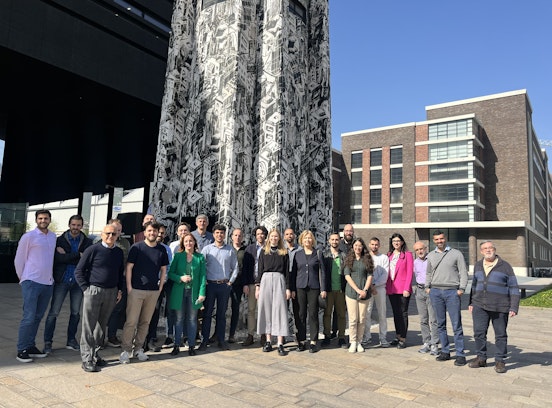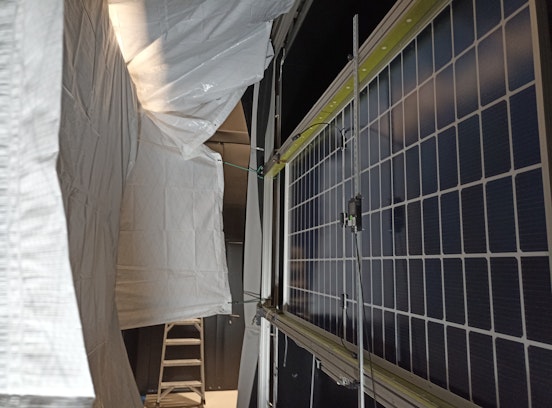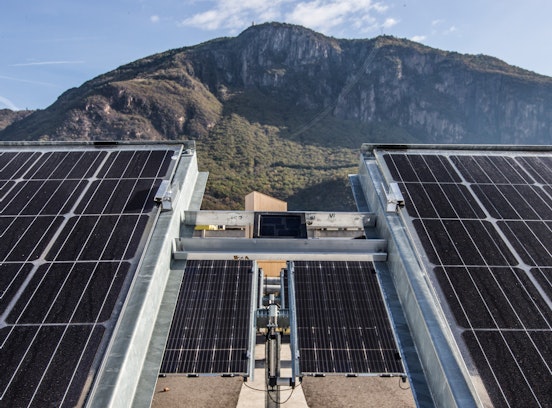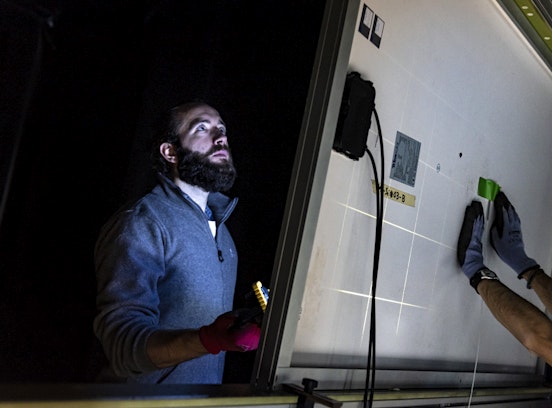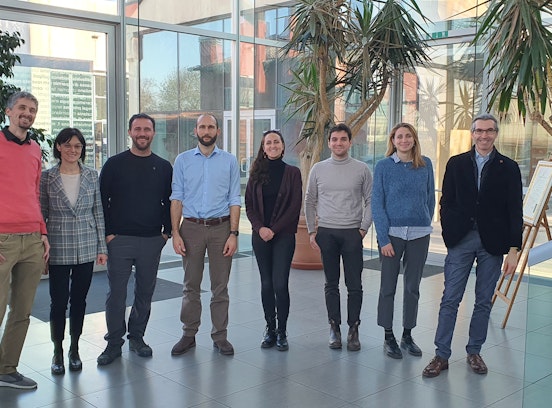Institute for Renewable Energy - News & Events - Flexible demand & utility-scale photovoltaic plants
Flexible demand & utility-scale photovoltaic plants
New study develops methodology for assessing the ability of flexible demand to reduce the integration costs of utility-scale PV plants.
- English
Photovoltaic technology is expected to play a significant role in the future energy landscape as we strive to meet energy and climate objectives. The variability of PV systems presents a challenge that must be addressed to minimize integration costs. This research aims to develop a methodology that can be applied to any energy system modeling tool to assess the advantages of utilizing flexible demand as a solution to effectively manage PV variability and reduce integration costs.
A recent study published in the Journal Renewable Energy by Eurac Research in collaboration with Politecnico di Milano, provides a generally applicable methodology for assessing the ability of flexible demand to reduce the integration costs of utility-scale PV plants. The analysis is carried on from the point of view of an energy system to ensure that the benefits of exploiting this renewable source will not be compromised by anunsustainable increase of costs for the system and the entire community.
Researchers did simulations and developed mathematical models to explore two strategies for shifting flexible demand across three scenarios aligning with the evolution of the Italian energy system up to 2030. By optimizing the expansion capacity of battery energy storage systems (BESS) and powerlines transport capacities, the researchers investigated the impact of flexibility on reducing integration costs. The findings reveal that employing flexible demand can lead to a decrease in BESS capacity by approximately 2%–6% and powerlines capacity by 2%–10%, resulting in a significant reduction of Variable Renewable Energy Sources.
Additionally, the research highlights the potential for Demand Side Management (DSM) mechanisms to offer opportunities for energy communities and electricity market aggregators. The estimated DSM remuneration presents intriguing possibilities for practical applications in these contexts.
"The study tries to estimate the economic impacts of flexible demand to the programmability and integration of a specific technology, which is often out of the scope of similar works, where the focus remains the impacts in terms of CO2 emission reduction and overall system costs. Moreover, it contributes to expand the knowledge of flexible demand impacts and benefits on an energy system at national and transmission scale" says Elisa Veronese, first author of the study.
Link to the scientific article



